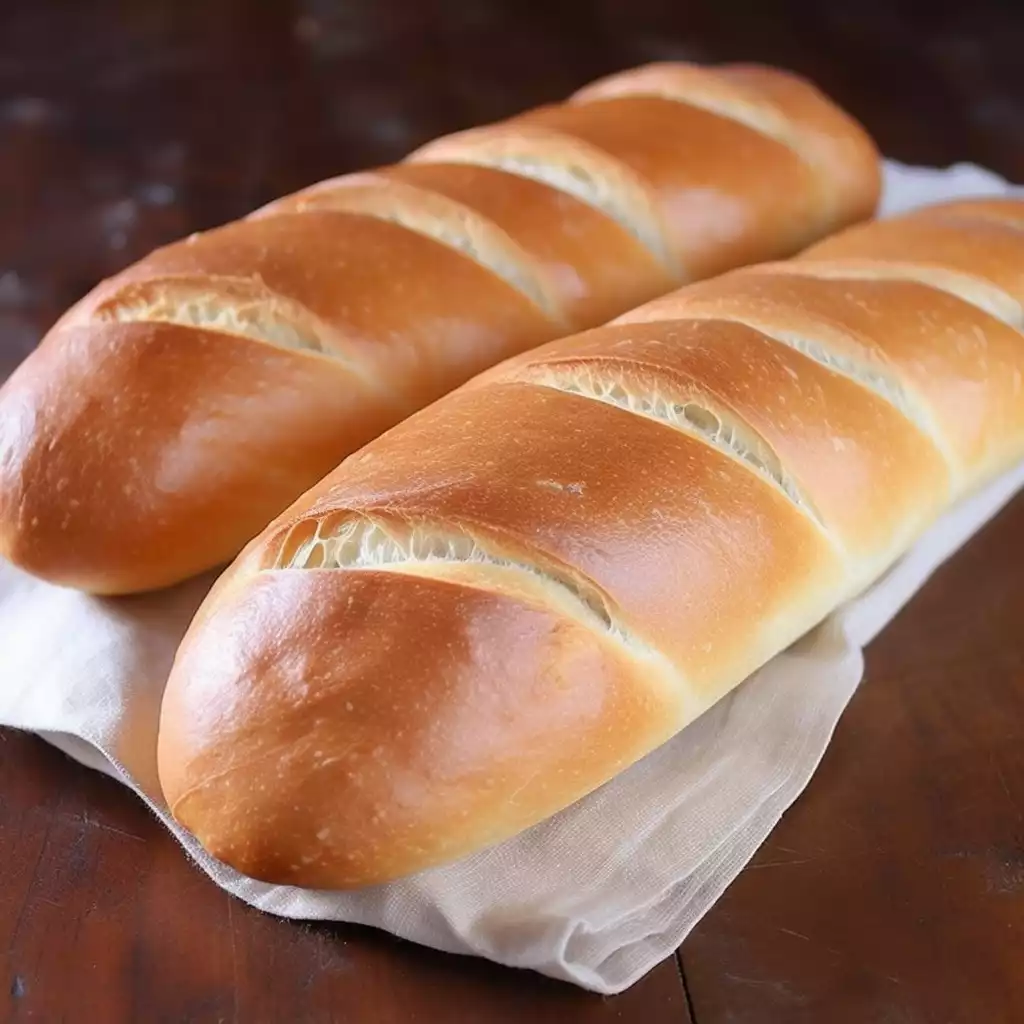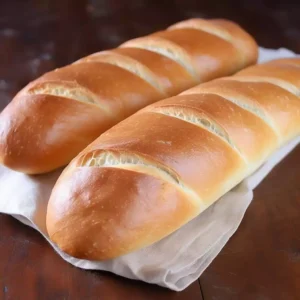
Indulging in the aroma of freshly baked French bread is like embarking on a culinary journey to the streets of Paris.
Originating from France, French bread, also known as “baguette,” has become a beloved staple worldwide for its crisp crust and soft, airy interior.
Despite its simplicity in ingredients, mastering the art of baking the perfect French bread requires patience and precision. However, fear not, for I am here to guide you through each step, ensuring your homemade baguettes rival those from a Parisian bakery.
Expert Tip: For a crispier crust, create steam in the oven by placing a pan of water on the bottom rack while the bread bakes. This helps to create a moist environment, allowing the crust to develop properly.
Expert Tip: Knead the dough until it is smooth and elastic to develop the gluten, which is essential for a light and airy texture.
Serve your freshly baked French bread warm with a spread of creamy butter or alongside a bowl of hearty soup for a cozy meal. For a touch of elegance, pair sliced baguettes with an assortment of cheeses, cured meats, olives, and fruits for a classic French-inspired charcuterie board. You can also use leftover baguettes to make sandwiches filled with your favorite meats, cheeses, and veggies for a quick and delicious lunch.
Expert Tip: Ensure your yeast is fresh and active by proofing it in warm water with a pinch of sugar before adding it to the flour mixture.
Yes, you can substitute instant yeast for active dry yeast in this recipe. However, you may need to adjust the rising time slightly as instant yeast tends to activate faster.
The bread is done baking when it is golden brown on the outside and sounds hollow when tapped on the bottom. You can also use an instant-read thermometer to check that the internal temperature of the bread has reached about 190°F (88°C).
Yes, you can freeze the baked baguettes for later use. Once they have cooled completely, wrap them tightly in plastic wrap and then aluminum foil before placing them in the freezer. To reheat, simply thaw the baguettes at room temperature and then warm them in a preheated oven until heated through.
Freshly baked French bread is best enjoyed within a day or two of baking. To prolong its freshness, store the bread in a paper bag at room temperature. Avoid storing it in plastic, as this can cause the crust to become soft and lose its crispness.
Several factors can cause bread to turn out dense, including using too much flour, not kneading the dough enough, or not allowing it to rise properly. Make sure to follow the recipe instructions carefully and pay attention to the texture of the dough at each stage of the process.
Here are some more recipes for you to enjoy! If you my recipes don’t forget to rate and leave a comment.
If you have any recipe suggestions, please do not hesitate to ask me. A great way to stay in contact with me is through Instagram, Facebook, Twitter and YouTube. Don’t forget to tag me @CookwithNabeela in your recipe photos!

Subscribe now to receive my latest recipes directly in your inbox. Stay up-to-date and never miss out!

I love to cook! I want to share with you my favourite, delicious family-friendly recipes. I want to inspire you to create fantastic food for your family every day.
Add your first comment to this post